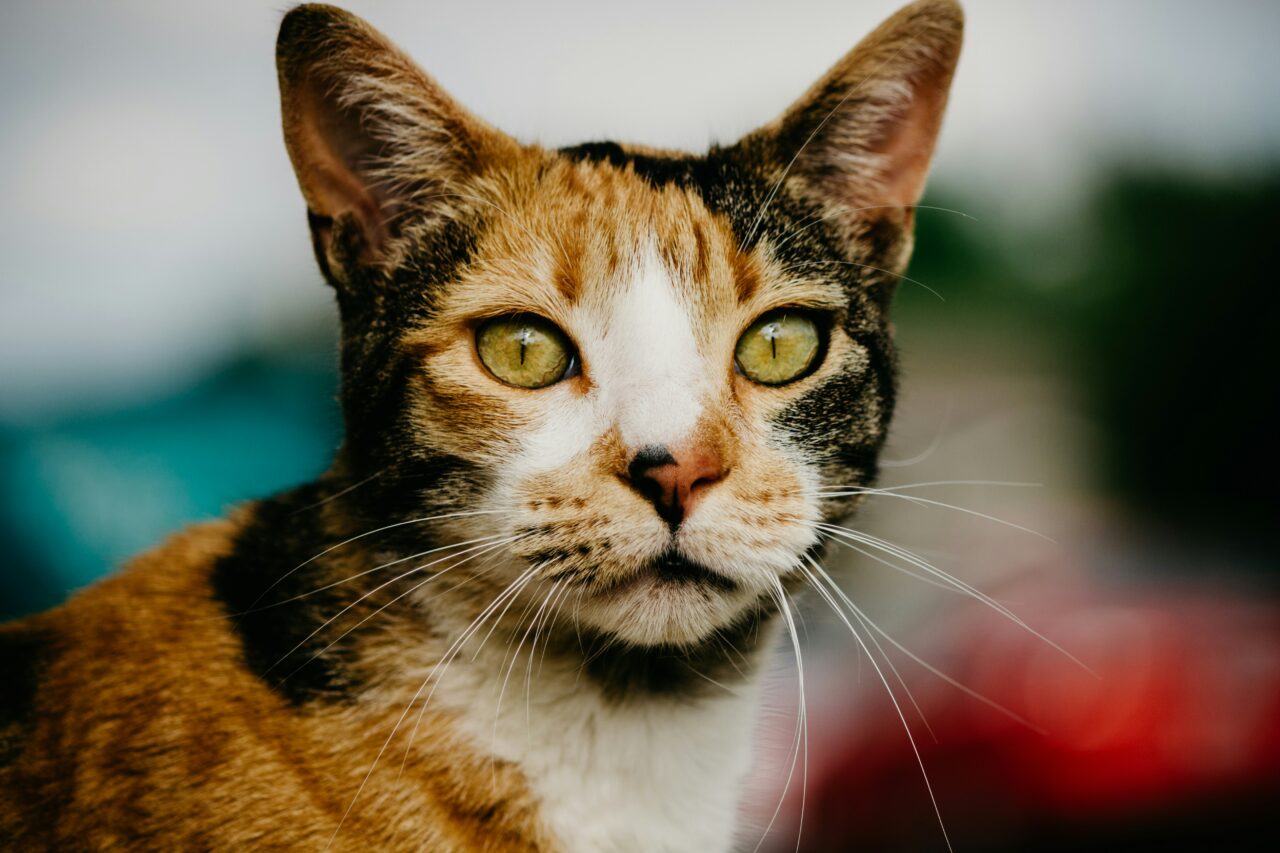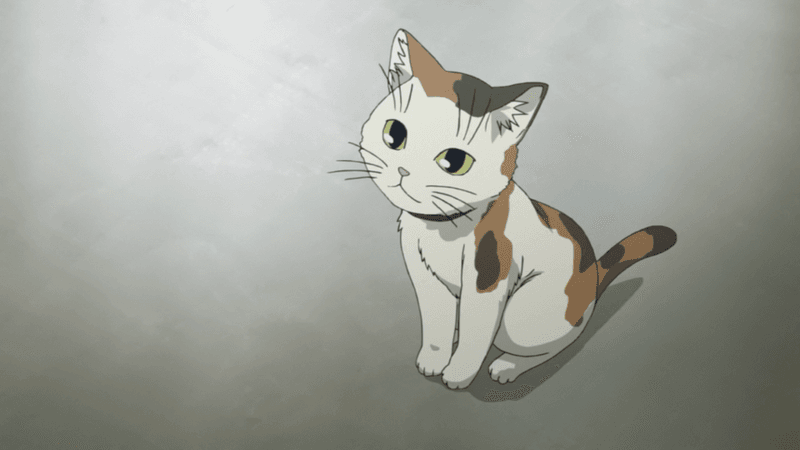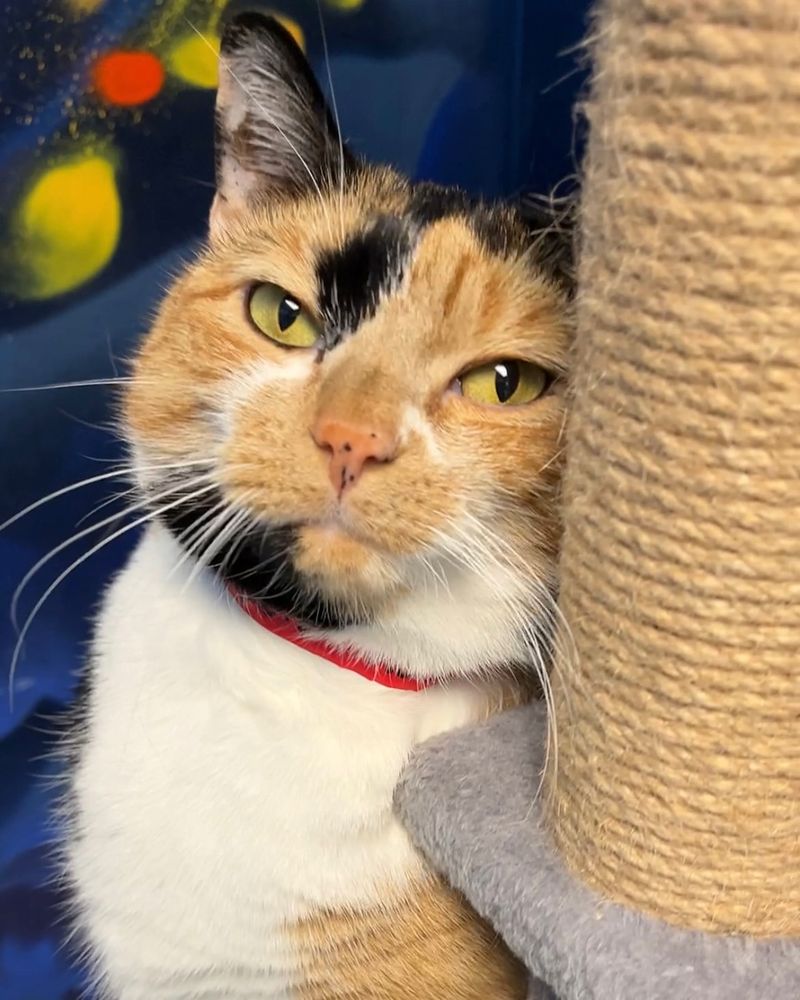📖 Table of Content:
Calico cats are not just another pretty face in the feline world; they are a treasure trove of genetic wonder and historical significance. Known for their tri-color coats, these cats stand out not only in appearance but in a host of fascinating ways.
Dive with us into the intriguing world of calico cats as we explore 10 astounding facts that prove why these felines are truly special.
1. Genetic Rarity
Calico cats are a result of a rare genetic phenomenon. Their tri-color coats—typically white, black, and orange—are due to X-linked genes. This means the colors are linked to the X chromosomes, which contribute to the striking patterns unique to each calico.
As most calicos are female, male calicos are extremely rare, occurring only in approximately one in every 3,000 calico births. This rarity isn’t just fascinating but also makes each calico a unique genetic anomaly. These cats are living proof of nature’s creative work, with each displaying a one-of-a-kind tapestry of colors.
2. Symbol of Good Luck
In many cultures, calico cats are considered symbols of good luck and prosperity. Their unique coloring and rarity have led to a belief that they bring good fortune to their owners. In Japan, the Maneki-neko, or beckoning cat figure, is often modeled after calico cats, believed to bring happiness and wealth.
This tradition has spread worldwide, making calicos popular in households seeking prosperity. Their presence is thought to ward off bad spirits and bring positive energy into the home, embodying more than just a pet but a lucky charm for many families.
3. Calico Cats in Media
Popular media has embraced calico cats, showcasing them in films, books, and television shows. Their unique appearance and delightful personalities make them perfect characters, often representing individuality and spirit.
From animated features to literary classics, calicos have captured the imagination of creators and audiences alike. Their presence in media not only entertains but also raises awareness of their unique qualities and significance. As beloved fictional characters or real-life stars, calico cats continue to enchant and inspire, solidifying their status as icons in popular culture.
4. Historical Significance
These colorful felines have a fascinating history, often associated with maritime legends. Sailors would bring calico cats onto their ships, believing that the cats provided protection during long voyages. It was thought that they had the ability to keep storms and bad luck at bay, making them cherished companions for those navigating the high seas.
Their historical significance extends beyond the sea, as calico cats have been revered across many cultures for centuries. They hold a place not only in maritime history but in the folklore and traditions of various lands, representing resilience and adventure.
5. Unique Personality
Calico cats are often known for their distinct and vibrant personalities. They tend to be independent yet affectionate, showing a mix of playfulness and loyalty. Each calico seems to have its own unique set of traits, making them charming and sometimes mysterious companions.
Their lively nature and intelligence often lead to amusing antics, keeping their owners entertained and engaged. Despite their spirited demeanor, calicos are known for forming strong bonds with their humans, often choosing a favorite person to shower with their attention and affection.
6. Variety of Breeds
With a rich history often linked to maritime lore, calico cats were favored companions on ships by sailors. These colorful felines were believed to offer protection during long voyages, as many thought they had the power to ward off storms and bad luck. As a result, these cats became cherished companions for those navigating the high seas, steeped in fascinating legends.
From the luxurious fur of a Persian to the robust build of a Maine Coon, calico cats come in all shapes and sizes, each bringing their unique flair to the calico coloration. This variety adds to their universal appeal and charm.
7. Scientific Curiosity
Calico cats have been a subject of scientific curiosity, particularly in genetics. Their unique coat patterns are a natural example of X-chromosome inactivation, a process vital to understanding genetic expression.
This phenomenon, known as lyonization, has made calicos key models in genetic research. Scientists study these cats to gain insights into genetic diseases and mutations, making them valuable beyond their aesthetic appeal. Their genetic makeup not only contributes to scientific knowledge but also highlights the intricate balance of nature’s design, capturing the interest of researchers and cat enthusiasts alike.
8. Cultural Impact
The calico pattern is found across various cat breeds, including the American Shorthair, Persian, and Maine Coon. This variety gives calico cats unique physical traits and temperaments. Historically linked to maritime lore, sailors often kept these colorful felines on ships, believing they could protect against storms and bad luck. As a result, calico cats became cherished companions for those at sea, steeped in fascinating legends.
These cats have transcended their role as mere pets, becoming cultural icons with stories that span across continents. Their striking appearance and enigmatic charm continue to inspire creative expression, cementing their place in cultural history.
9. Color Variations
Renowned for their diverse and vibrant color patterns, while the classic calico features white, black, and orange, variations include dilute calicos with softer shades of grey, cream, and gold.
Each calico’s coloring is as unique as a fingerprint, with no two patterns exactly alike. This variety stems from the complex genetic mechanisms behind their coloration, adding to their appeal and mystique. Whether bold and vivid or subtle and muted, the kaleidoscope of colors found in calico cats never fails to captivate, making them a favorite among cat enthusiasts and breeders.
10. Feminine Dominance
Calico cats are predominantly female, a result of their genetic makeup. The genes responsible for the calico pattern are linked to the X chromosomes, which means females, having two X chromosomes, are more likely to exhibit the tri-color pattern.
Male calicos are rare, usually the result of genetic anomalies such as Klinefelter syndrome, where an extra X chromosome is present. This feminine dominance is a fascinating aspect of calico genetics, showcasing the complexity of nature’s design. It adds a layer of intrigue to these already captivating creatures, highlighting the wonders of genetic diversity.










